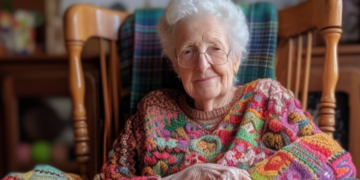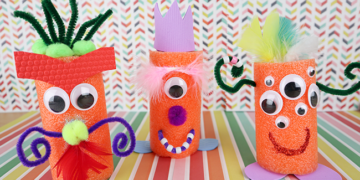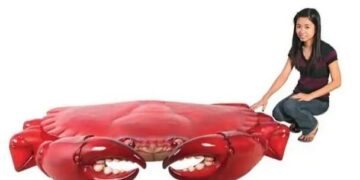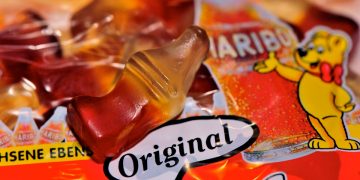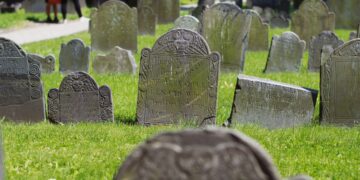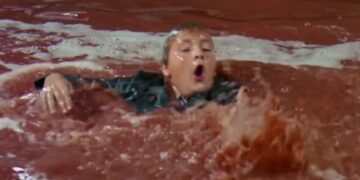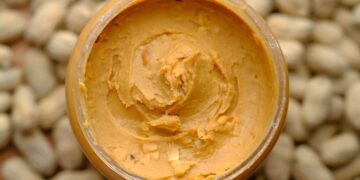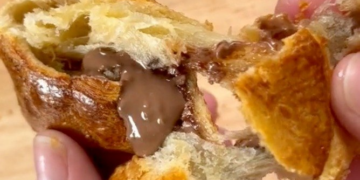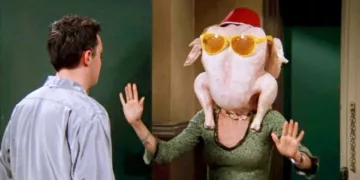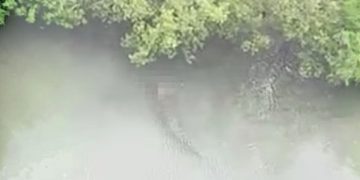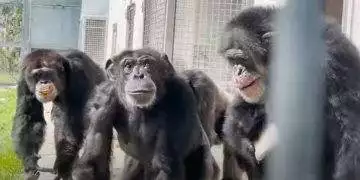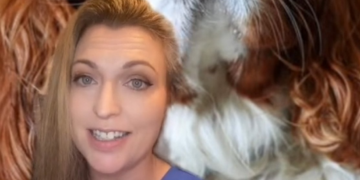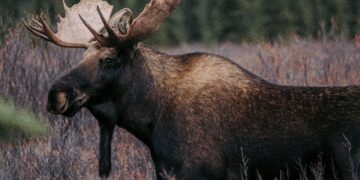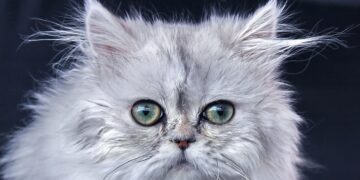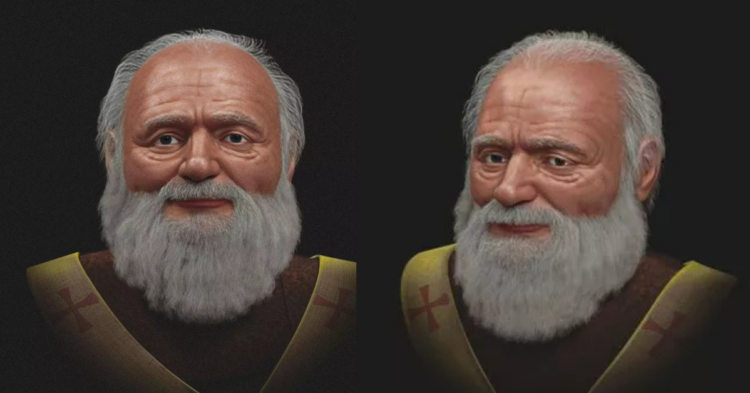There are many staples to the festive season like watching Home Alone on the TV and listening to Mariah Carey’s All I Want For Christmas Is You. And, of course, there’s talking to kids about the magic of Santa Claus.
While we sort of already know what Father Christmas looks like, new technologies have revealed the face of the man who inspired him.
The data came from Saint Nicholas of Myra

High-tech images have been released revealing the face of the real-life bishop, Saint Nicholas of Myra, who inspired the legend of Santa Claus.
This comes more than 1,700 years after he first made Christmas as special as we know it today.
Scientists used data from the bishop’s skull

The bishop who inspired the concept of Father Christmas was known for his love of giving gifts and spreading joy.
Scientists used data from his skull to render high-tech images of what he used to look like in real life.
The images are fascinating

In the rendered images, the real-life inspiration of Father Christmas from the fourth century appears to have a broad forehead with bold eyebrows, a round nose, and thin lips.
The study’s lead author, Cicero Moraes, says this is based on “statistical projections” and “artistic” interpretation.
The bishop died in 343 A.D.

Saint Nicholas of Myra lived thousands of years ago, having died in 343 A.D., long before cameras were a thing.
However, the 3D images rendered from data from his skull show his face as both “strong” and “gentle,” according to Moraes’ talk with Pen News.
The lead scientist spoke about the images

In speaking with Pen News, the study’s lead author, Cicero Moraes, said, “The skull has a very robust appearance, generating a strong face, as its dimensions on the horizontal axis are larger than average.”
You have to admit, that’s pretty incredible!
The thick beard is a must

And, of course, the thick white beard is an iconic Santa feature.
“This characteristic, combined with a thick beard, is very reminiscent of the figure we have in mind when we think of Santa Claus,” continued Moraes about the features in the generated images of Father Christmas.
The bishop was known for his love of giving

Saint Nicholas of Myra, the fourth-century bishop, was believed to have loved gift-giving, especially rewarding the kids who behave well with gifts – so you see where the legend comes from.
He first inspired the Dutch folk figure Sinterklaas, who later became the Santa Claus we know today.
The images match early descriptions of the bishop

Moraes shared the remarkable surprise of early descriptions of Santa Claus matching the scientifically produced images in the study.
These descriptions were in early literature; for example, the poem Twas The Night Before Christmas from 1823 describes Father Christmas with the same features as the images.
His iconic features seem to be accurate enough

The iconic features of Santa Claus seem to be quite close to those of Sinterklaas and Saint Nicholas of Myra, with the 1823 poem pointing out the legend’s “broad face,” “nose like a cherry,” and “rosy cheeks.”
It’s nice that the legend’s features weren’t lost somewhere in history.
The study implemented an anatomical deformation technique

Moraes explained how the 3D images came to be, saying, “We supplemented this with the anatomical deformation technique, in which the tomography of a living person’s head is adjusted so that the virtual donor’s skull matches that of the saint.”
The scientists also said that the bishop likely had a plant-based diet. It’s funny to think Santa might have been a vegetarian.

